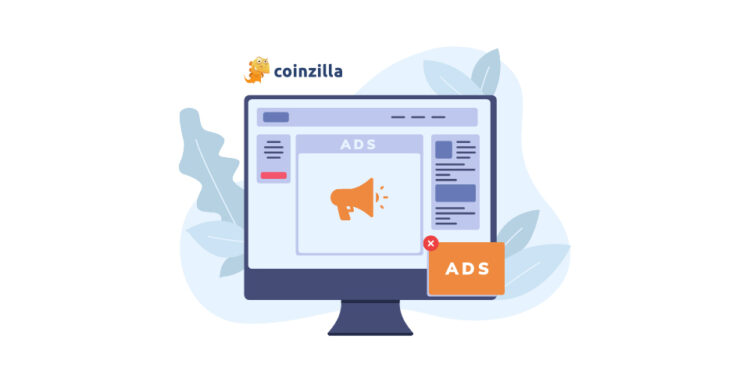Living in the digital era has its ups and downs.
On one hand, it makes it easier for companies to reach their customers with the help of social media and digital advertising. But the thing is, every company is provided with the same options as you.
The result?
People are being bombarded with digital ads, so most of them choose to download ad blockers. But in that case, how could you make a name out of your crypto project when they’re thousands of other companies in this field?
The answer is quite simple – native advertising.
What is Native Advertising?
Native advertising is a form of paid media that imitates the design of the host website. In other words, the first three results in a Google search, or the sponsored Instagram post you usually mistake for organic content.
Although, if users installed an ad blocker, it might be pointless. But here comes the third type of native advertising – the sponsored content.
Sponsored content is usually a blog article that promotes your company or project. What features you have, what benefits you can provide users with, or what events you are planning. It’s important for the article to add a link to your website and that’s it.
Why Does This Give You More Chances to Get Customers?
To answer that question, we need to understand the behavior of crypto users – mainly millennials.
Starting with this generation, people have a lot more time, alongside various sources of information. Therefore, their curiosity is far too big to just settle for the first option they find. They love to know all the details and to make calculated decisions. And the safer way to do that is by looking at the experience of others.
The bloggers are on a roll these days, especially because of that. Sharing your own experience is a way of developing a relationship with others, no matter if you know them already or not. Millennials love to communicate, to feel connected.
Therefore, it is most likely for them to visit your website after they read an article about you, rather than seeing a pop-up ad. The key element here is for the article to be posted by a third person, not by you.
It’s simple logic – no company will ever write something bad about itself, but a third person sees the good and the bad. So who would you most likely believe in?
How Should You Pick Your Publishers?
There are two types of publishers you can find on the market: those who are willing to write about you themselves, and those who accept to post something written by you or by a third party.
Each of them has its own advantages.
The first one will seem more honest to the public, and the second one will give you the liberty to present the company however you like. Regardless of the type of publisher you want to work with, you should keep an eye on the following aspects before shaking hands:
- How popular is his blog?
It is needless to say that if the article itself will have very low chances of being noticed, then your investment was for nothing. You need to check how often it appears on Google, for example, using different keywords. The number of comments is important too. Some blogs even show you the number of views per article.
Some of the best publishers for the crypto industry today are CoinTelegraph, CoinDesk, Forbes, or Blockonomi.
- How friendly is the platform?
Try as much as possible to avoid blog platforms that are way too loaded and disorganized. Remember who your target market is. Even if they are curious, millennials don’t have the patience to find the “needle in a haystack”. They love to find details, but on a clear path.
- How friendly is the community?
Herd behavior is a big concern, especially in the digital world. When somebody writes hateful comments, it is most likely that other people will follow this attitude, until the environment becomes toxic.
If you find a blog with that kind of community, it is not a good idea to post an article there. Because you can end up being mentioned as a bad guy, and this kind of information spreads fast.
Is it An Ethical Advertising Method?
Why wouldn’t it be? Some people still have concerns that native advertising, especially sponsored articles, might trick the people. But this is not the case.
The purpose of this method is to convince people to access your project, but nobody stops them to dig into details once they’ve got here.
After all, whether they find your project worthwhile or not, it all depends on the quality of your own project and services. The advertisement just opens the gates to you.



